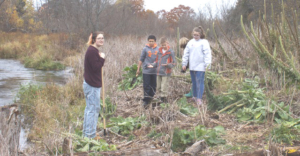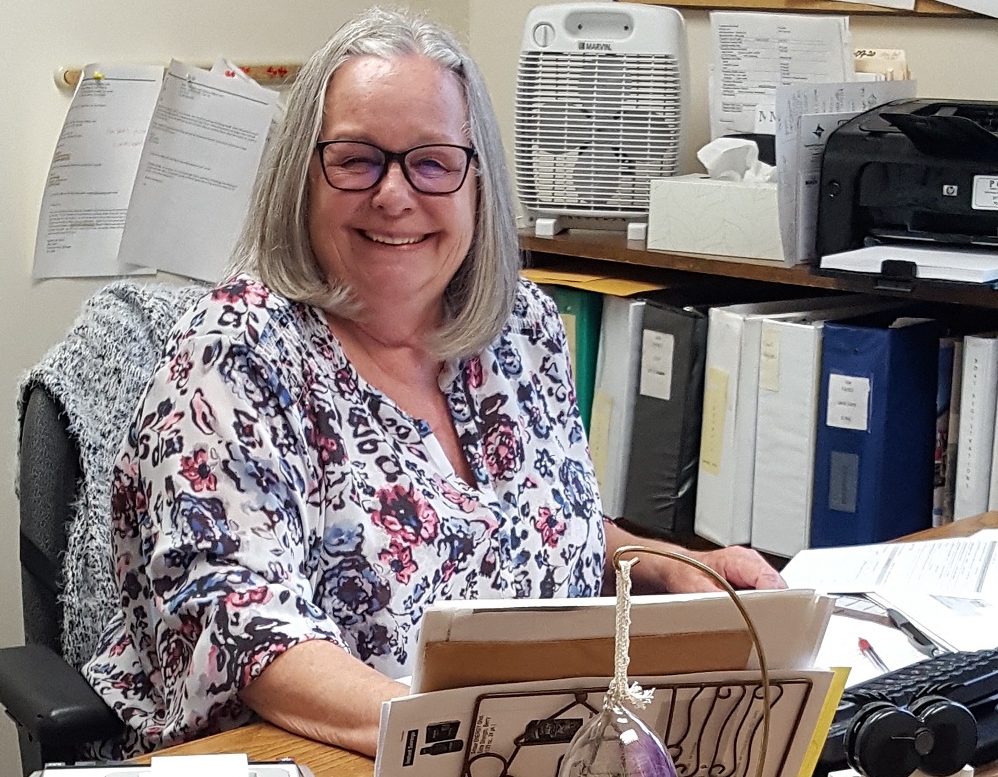
Jean Poulin
Jean Poulin estimates more than $94,000,000 have passed through her ledgers since she became the Town of Vassalboro’s bookkeeper on Sept. 11, 2006 – a position from which she is about to retire.
The money came to the town from local tax payments, excise taxes, state revenue sharing, income from investments, occasional state or federal grants and miscellaneous other sources.
It went out, every two weeks (plus a state payment the odd week), to pay town employees’ salaries and to cover other town expenditures, from thousands of dollars to support the school department to a few dollars for some essential item for the town office, the public works department or the transfer station.
Vassalboro selectmen meet every two weeks, and every meeting includes approval of two warrants, the payroll warrant and the accounts payable warrant. (Warrant, in this context, is the list of checks; it is not the same as a town meeting warrant, which is the list of articles to be voted on.)
Poulin explained that for payroll, employees turn in time sheets; Town Manager Mary Sabins double-checks them; Poulin prints checks or does a direct deposit, as appropriate. Payroll amounts are quite consistent from week to week, she said, except when the public works drivers put in overtime for plowing snow and at the end of the fiscal year, when longevity bonuses are added for qualified employees.
For the accounts payable warrant, Poulin gets bills by mail, email and hand delivery, from town department heads and from venders. Department heads include an explanation of the expenditure and information on which line in the budget it should be drawn against.
Again, Sabins reviews the list that will go to the selectboard; Poulin prepares the checks; and selectmen review and approve both warrants.
The Maine Motor Vehicle Department wants its share of registration fees every week, Poulin said. She prepares a separate warrant for the department and notifies selectmen when it is ready for the required single signature. Usually, she said, a selectboard member stops at the town office promptly.
Poulin’s daily duties include a sweep and deposits. The sweep involves transferring money newly received, over the counter or on-line (tax payments or vehicle registrations, for example), out of Vassalboro’s checking account, which earns no interest. She then deposits it in the interest-earning money market account.
Sweeps work both ways, Poulin said: when it’s time to pay bills, she transfers enough from the money market to cover the checks she needs to write.
There is more paperwork – daily reports on tax collections, vehicle registrations and other topics, quarterly reports to the federal government and the state government, reviews with the firm through which the town invests, reviews with the auditor.
Another part of her job is assisting patrons at the counter in the town office while another employee is out sick or on lunch break.
Poulin is a Vassalboro native and Cony High School, in Augusta, graduate. After earning an associate’s degree in business and accounting from the former Kennebec Valley Technical College, in Fairfield, Poulin worked at Sebasticook Valley Hospital, in Pittsfield, before getting married, moving to Florida for a while and then returning to central Maine.
Poulin jokes that she got her Vassalboro job through a fair – but not a job fair. At Windsor Fair in 2006, she ran into a long-time Vassalboro friend, Michael Vashon, who was then town manager.
Vashon was looking for a bookkeeper and invited Poulin to submit a resume. Within a few days, he hired her.
She’s enjoyed her job, she said, both the work and especially her colleagues over the years. She likes figures for their definiteness. “If it’s not right, you’ll find it,” she said.
She has one big plan for retirement, though: “Not to get up every morning and drive to Vassalboro.” Instead, she intends to use unscheduled time to enjoy her grandchildren and her flower garden, and she and her husband plan a few relaxing days on the coast.
Poulin’s last day in the Vassalboro town office will be July 2. Her successor will be Melanie Anderson, most recently Benton town clerk. Poulin said she and Anderson plan to work together for a few days as June winds down.
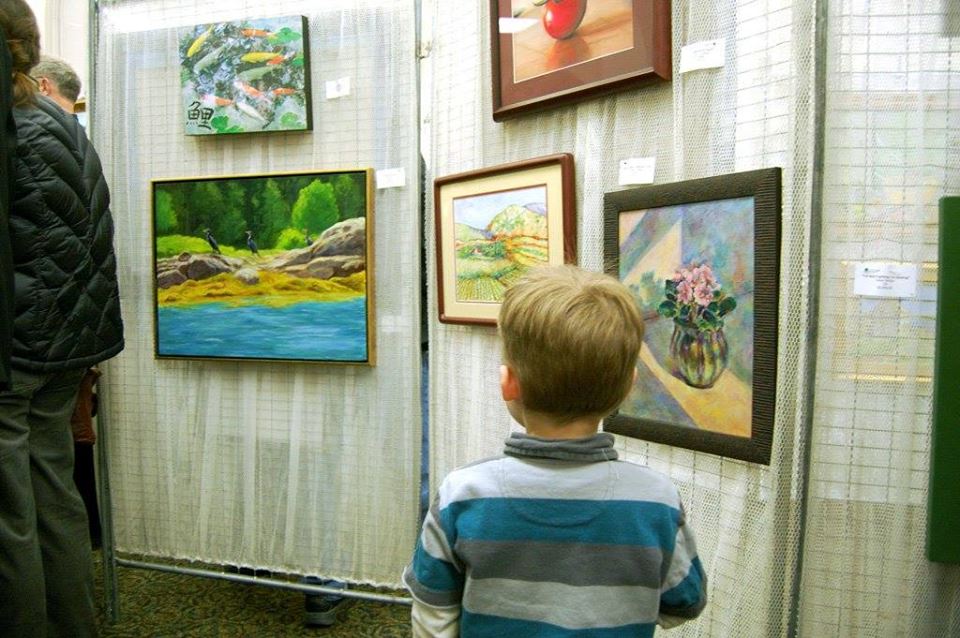


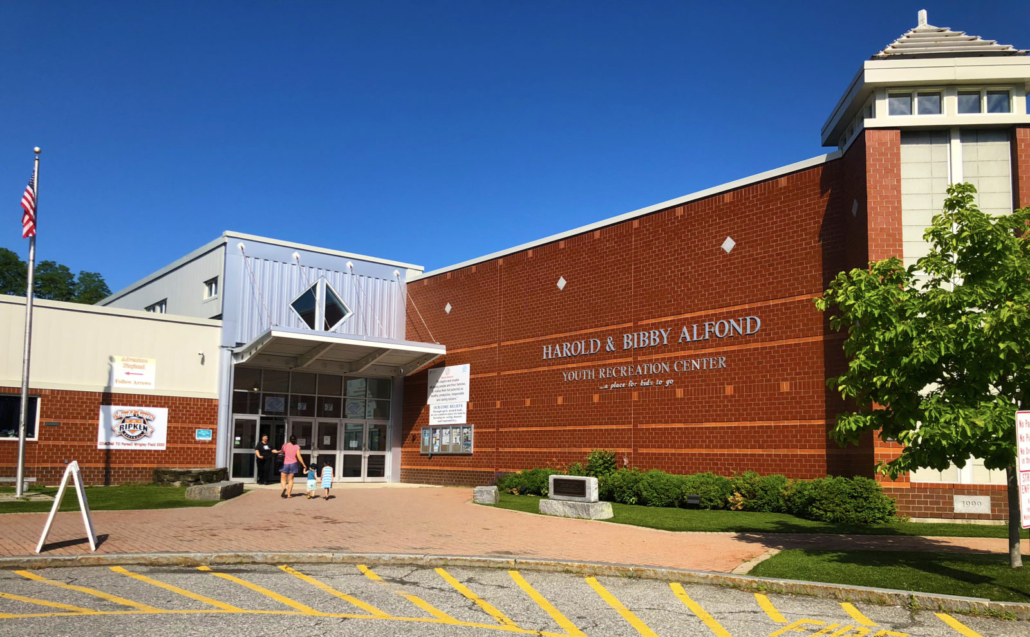 Three construction phases will take place at the
Three construction phases will take place at the 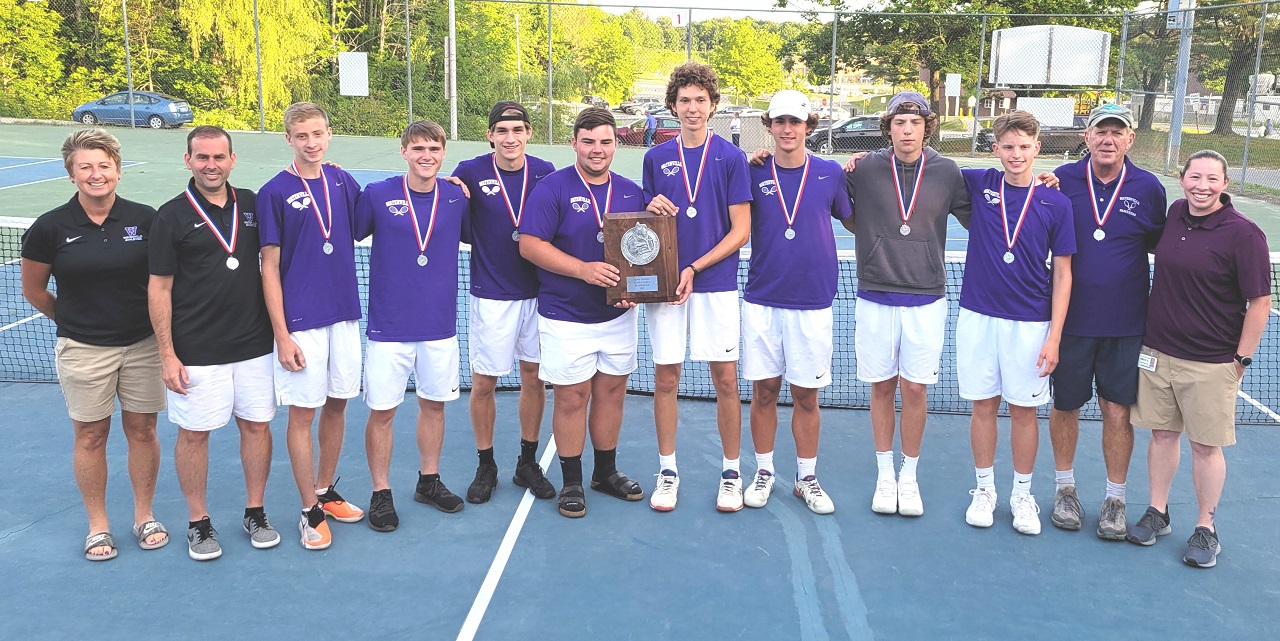
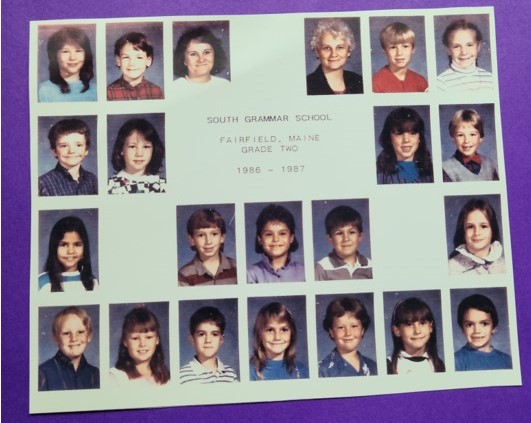

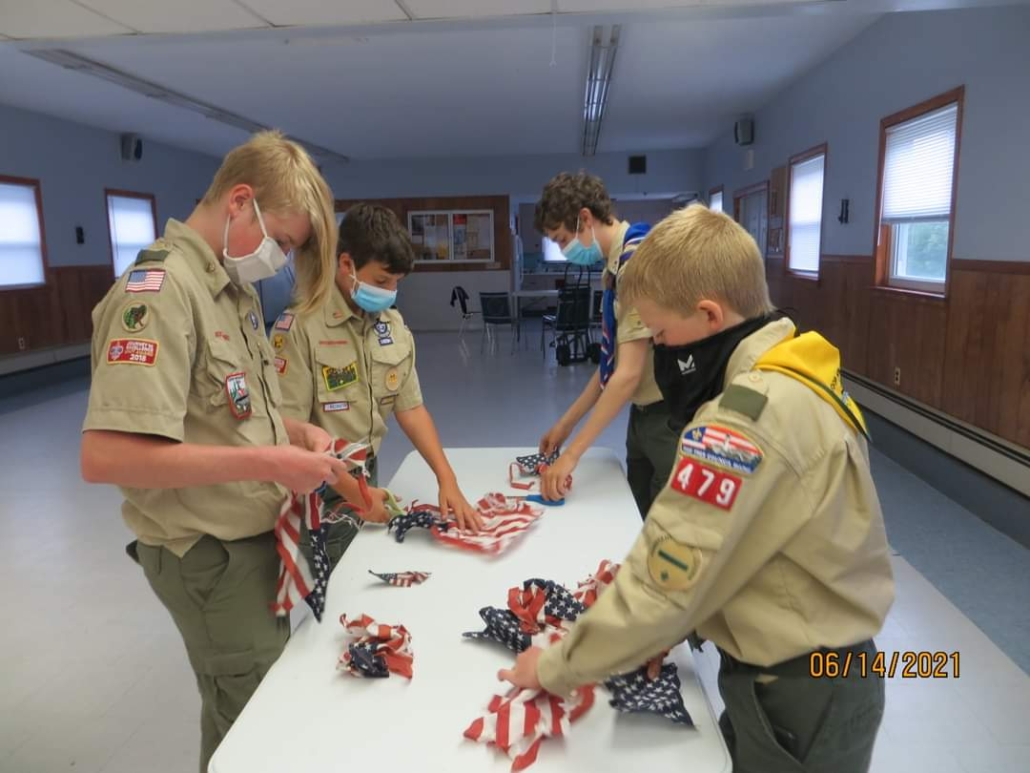
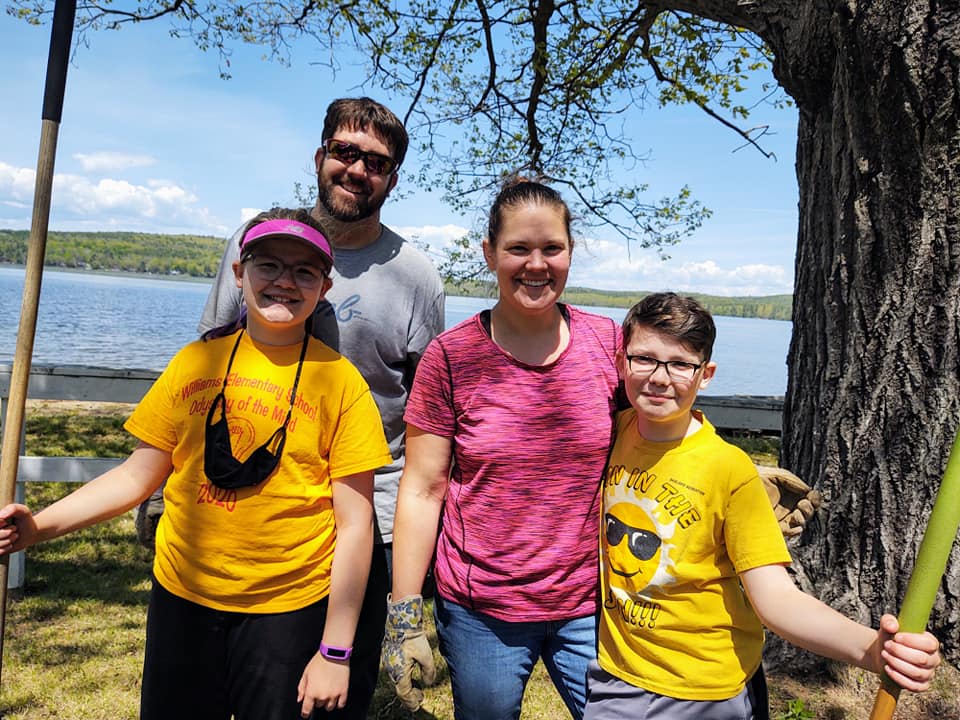
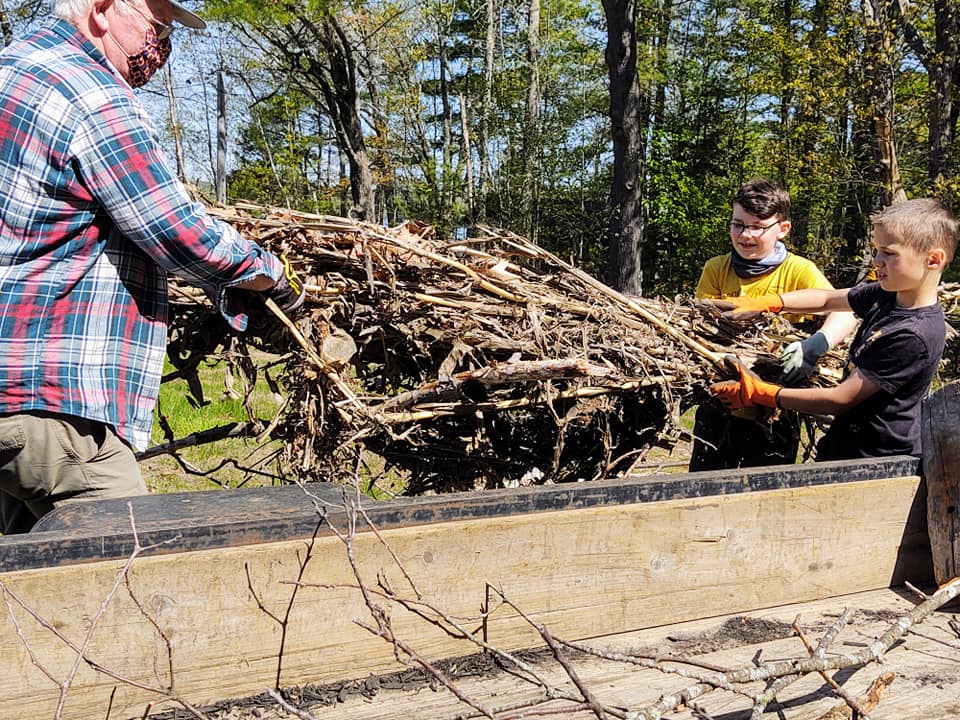
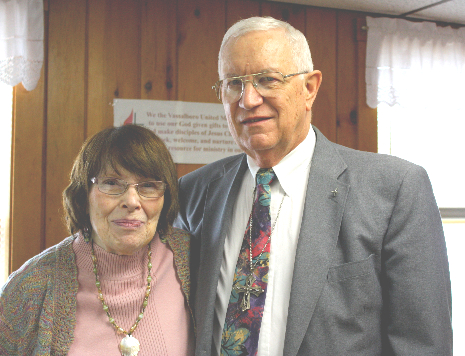


 “The quality of China Lake has improved noticeably over the past five years. I can remember algae so thick on the surface that when I ran my boat I would leave a wake of algae behind me.”
“The quality of China Lake has improved noticeably over the past five years. I can remember algae so thick on the surface that when I ran my boat I would leave a wake of algae behind me.”